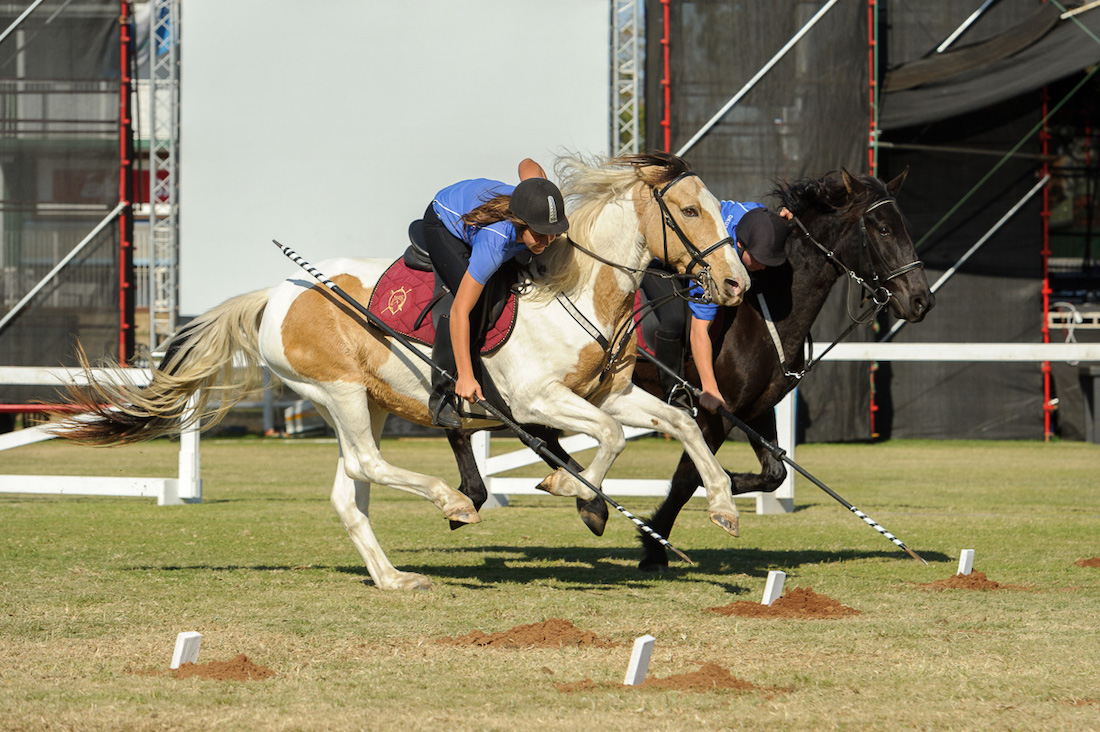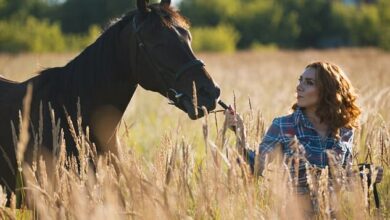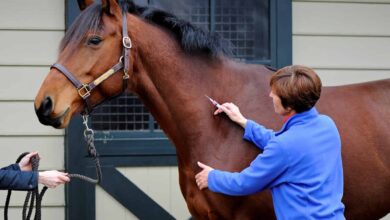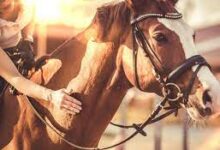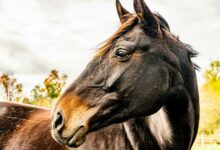by Ahmed Yousef,
Tent pegging is one of the oldest and most challenging equestrian sports, requiring perfect coordination and high precision between the rider and horse to achieve victory. This sport relies on the rider’s skill in using a lance or sword to pick up small pegs while riding at high speed, making balance and precision crucial elements for winning. In this article, we will explore the secrets of balance and precision needed by riders to succeed in this unique sport.
History of Tent Pegging
Tent pegging has its roots in ancient times, where it was practiced as part of military training to develop cavalry and combat skills. This sport spread across different parts of the world, especially in the Middle East and the Indian subcontinent, where it became a part of cultural heritage. Today, tent pegging is practiced in many countries around the world, with international competitions that attract equestrian enthusiasts and thrill-seekers.
The Importance of Balance in Tent Pegging
Balance is the foundation of success in tent pegging. The rider must be able to maintain balance while riding at high speed, and at the same time direct the lance or sword accurately toward the peg. Good balance helps the rider make a proper strike without losing control of the horse.
To achieve perfect balance, riders must develop their body control skills during riding, which requires intensive training and continuous practice. Riders need to be able to distribute their weight correctly on the horse’s back, which helps maintain the horse’s stability and enables it to move smoothly while attempting to pick up the peg.
Secrets of Precision in Tent Pegging
Precision is another key element for winning in tent pegging. The rider must direct the lance or sword toward the small peg with a swift and precise movement, which requires a great deal of focus and coordination between the hand and eye. To achieve precision, riders should adhere to the following:
- Training on Hand-Eye Coordination: Hand-eye coordination is an essential skill in tent pegging. Riders need to develop their ability to accurately gauge the distance between themselves and the peg and direct the lance or sword precisely to hit the target.
- Choosing the Optimal Angle: Riders must choose the optimal angle to strike the peg, which depends on the peg’s position and the horse’s speed. Understanding how to direct the attack from the right angle increases the chances of success.
- Controlling the Horse’s Speed: Precision also depends on good control of the horse’s speed. Riders must be able to accelerate or slow down the horse as needed to ensure they are in the best position to pick up the peg.
Tips for Winning in Tent Pegging
- Consistent Training: Training is the key factor for achieving balance and precision in tent pegging. Practicing at different speeds and angles, as well as training on picking up pegs of various sizes, helps improve performance.
- Building Trust Between Rider and Horse: A strong relationship between rider and horse plays a significant role in success. The horse must trust the rider’s commands, and the rider must know how to motivate and properly guide the horse.
- Proper Warm-Up Before Competition: A proper warm-up helps improve performance and provides the rider and horse with the flexibility needed to handle the challenges of the course. Riders should gradually warm up the horse, focusing on stimulating the muscles used in tent pegging.
- Mental Focus: Mental focus is a crucial factor for winning. Riders must avoid distractions and maintain focus on the target throughout the attempt. Training on focus can significantly help riders improve their performance.
- Developing Physical Flexibility: Riders must have high physical flexibility, as they need to move quickly from one position to another while attempting to pick up the peg. Exercises that focus on enhancing flexibility help riders improve their performance and avoid injuries.
Tent pegging is a true test of equestrian skills, requiring riders to have balance and precision to achieve victory. Good balance and high precision are the two key elements for success in this sport. Through consistent training, building trust between rider and horse, and maintaining mental focus, riders can increase their chances of achieving victory in competitions

